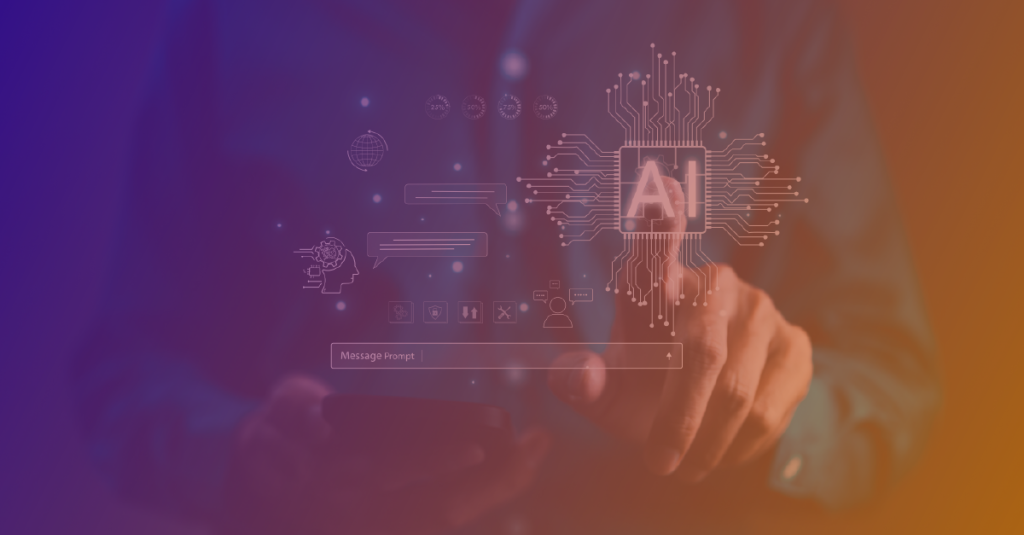30 May The Do’s and Don’ts of AI Virtual Agent Data Security

Implementing AI is exciting — until someone brings up data security. Then it’s less “look what we can automate!” and more “wait, are we exposed?”
And rightly so.
When you introduce AI virtual agents into your customer service or internal operations, you’re not just adding convenience — you’re introducing new layers of responsibility. Sensitive information, compliance frameworks, data storage protocols… suddenly, things get serious.
This post is here to make that a little less intimidating. Whether you’re a CIO, part of a legal team, or steering compliance strategy, we’ll walk you through the do’s and don’ts of secure AI deployment, and how compliance-friendly AI agents like Querix are designed with protection in mind — not as an afterthought.
DO: Understand what your AI is collecting
Before deploying any AI virtual agent, you should have a clear understanding of the types of data it collects — and why.
- Does it handle personal information like names, addresses, or payment details?
- Is it being used internally (HR, IT support) where it might access employee records?
- Could it gather user input that falls under GDPR, CCPA, or other global regulations?
If the answer is yes (and it often is), it’s critical to define how that data is stored, processed, and — most importantly — protected.
Best practice: Conduct a data mapping exercise before implementation. Know where data goes, who has access, and what your AI agent does with it.
DON’T: Assume your vendor handles it all
Spoiler: most AI vendors are not liable for your compliance obligations. That falls on you.
Choosing an AI provider that takes security seriously is essential — but shared responsibility is the name of the game. Even if your vendor encrypts data and follows security protocols, your team is responsible for configuring access controls, documenting data use, and ensuring regulatory requirements are met.
Tip: Ask specific questions about encryption, access logs, retention policies, and data residency. If a vendor can’t answer confidently, that’s a red flag.
DO: Build within a compliance framework
The good news? You don’t need to reinvent the wheel.
There are already widely recognized standards and frameworks for deploying AI virtual agent security. Depending on your industry and geography, consider aligning with:
- GDPR (General Data Protection Regulation)
- CCPA (California Consumer Privacy Act)
- ISO/IEC 27001 (Information Security Management)
- NIST AI Risk Management Framework
- AI Act (Europe’s proposed regulation on artificial intelligence)
Using these as your foundation ensures that your AI deployment is not just functional — but futureproof.
DON’T: Overlook internal threats
While it’s natural to think of external attacks, data risks often come from within.
- Is everyone in your team supposed to have access to the same datasets?
- Are user permissions tightly managed?
- Could someone accidentally extract data through your AI interface?
Without proper access controls, even the best AI agent becomes a weak link.
Action step: Implement role-based access. Your AI virtual agent shouldn’t give a junior intern the same data insights it gives your compliance officer.
DO: Choose tools that are built with security in mind
Security shouldn’t be an afterthought or a patch. Look for solutions where data protection is part of the architecture — not a feature bolted on later.
At Querix, data protection isn’t optional — it’s integral. From encrypted communication channels to customizable access levels, the platform is designed with compliance-friendly AI in mind. You choose what data your virtual agent can see, store, and act on. And you get visibility into all of it.
No buzzwords, no vague promises — just clear, thoughtful security design from the start.
DON’T: Forget the human element
Even the smartest AI needs smart people behind it.
Train your team on how to manage the AI agent securely. That includes understanding:
- What data it processes
- How to monitor its behavior
- How to respond in the rare case of a breach or issue
Pro tip: Create a playbook. When people know how the system works — and what to do when it doesn’t — you reduce risks across the board.
Final Thoughts: Secure AI Isn’t optional — it’s strategic
AI can transform the way you support customers, empower teams, and scale operations. But without a clear security and compliance strategy, it can also expose you to unnecessary risk.
The good news? You don’t have to choose between innovation and compliance.
With AI virtual agent security built into the core — and platforms like Querix that support configurable, transparent, and responsible data practices — you can move fast without losing sleep.
Ready to make compliance your competitive edge? Let’s get started!
Check out more posts here! Or head to our LinkedIn for more weekly updates!
TL;DR FAQ: Quick answers for busy business owners
What kind of data does an AI virtual agent usually handle?
It depends on the use case, but common examples include customer names, emails, order details, internal HR data, and support tickets. That’s why data protection is so important.
Are we responsible for compliance even if we use a third-party platform?
Yes. Vendors like Querix build secure systems, but your team is still responsible for how the tool is used, especially under regulations like GDPR or CCPA.
How is Querix designed to support data security and compliance?
Querix gives you full control over what your agent can access, encrypts communication, and aligns with best practices for privacy and protection. It’s a security-first approach.
What should we do before deploying an AI agent?
Start with a data audit. Know what data will be used, how it will be handled, and align your approach with a known framework (e.g. GDPR, ISO 27001, NIST). That foundation matters.